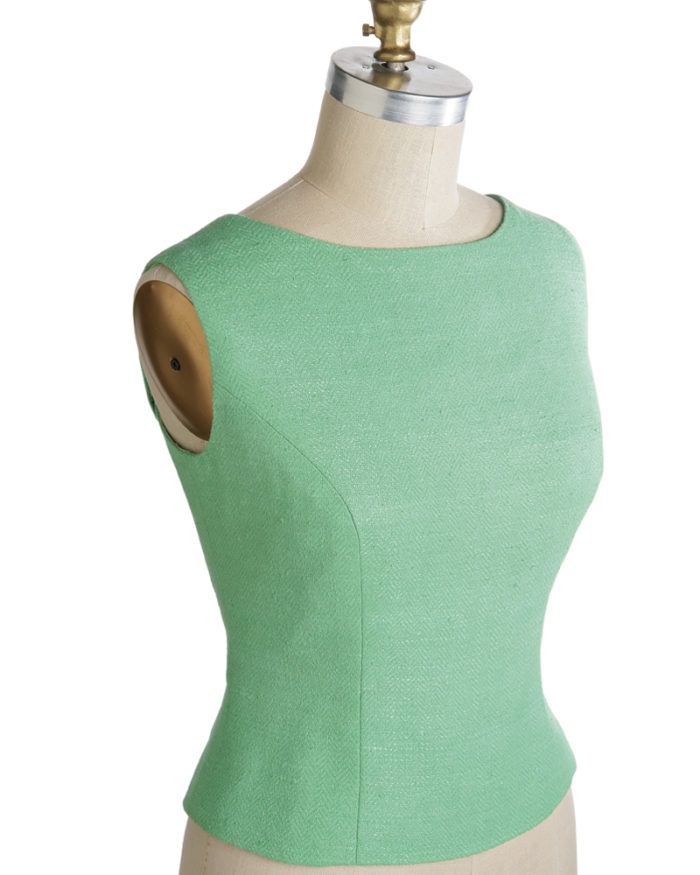
Independently applied facings are seldom used in couture garments. While machine-sewn facings are a fast and easy finish for ready-to-wear clothing, couture garments use another approach.
The cumbersome facing, along with its seam allowances and rows of machine stitching and understitching, is eliminated. The seam allowances are then cut generously enough to serve as built-in/cut-on facings.
Linings are applied by hand—often right up to the garment’s edge. An underlining is included to strengthen the area and to serve as a base for the hand stitches that are a part of the process.
Contributing Editor Susan Khalje demonstrates how to apply a lining to a curved neckline and an armhole edge for an elegant couture technique.
From Threads #125 (June/July 2006).
View PDF


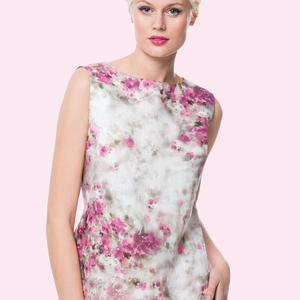

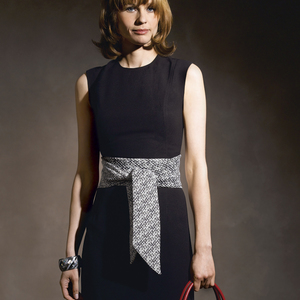
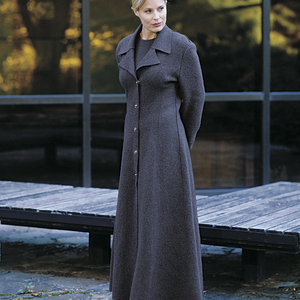



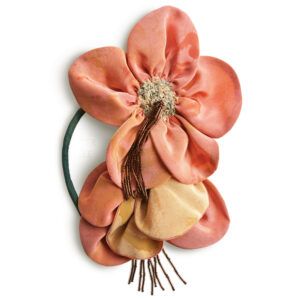
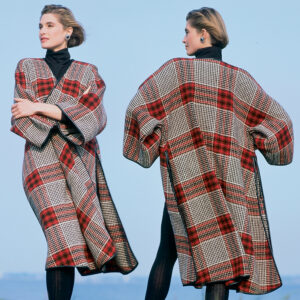

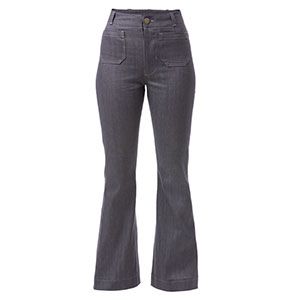

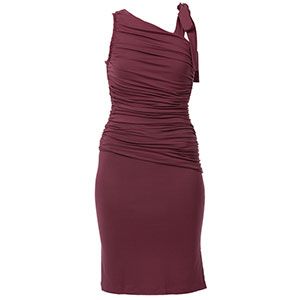

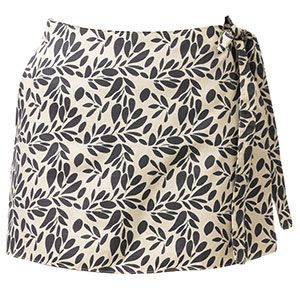
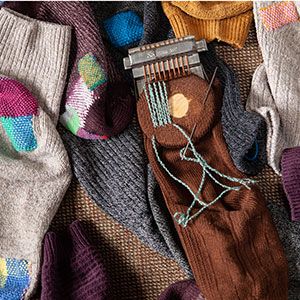
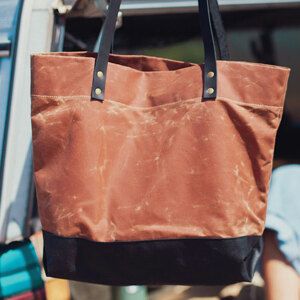
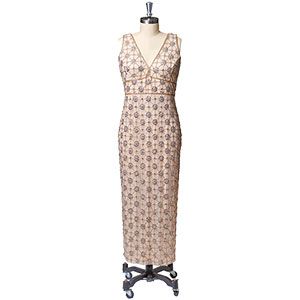
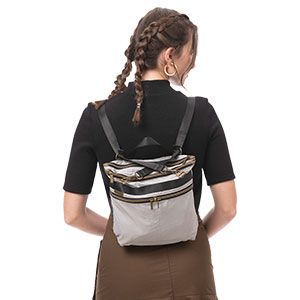
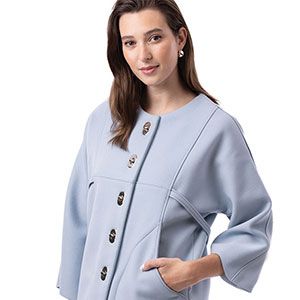
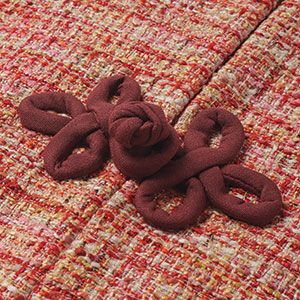
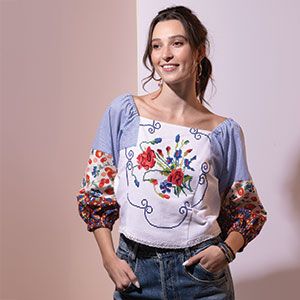




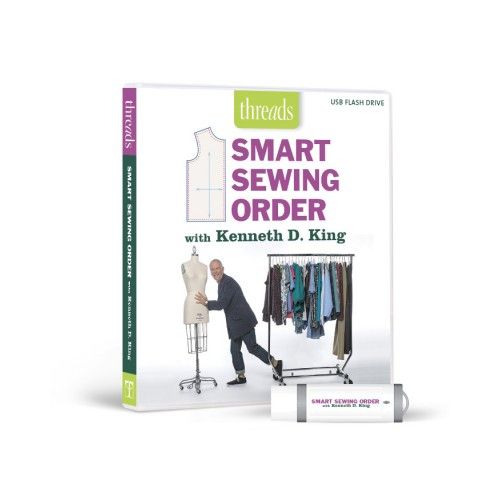

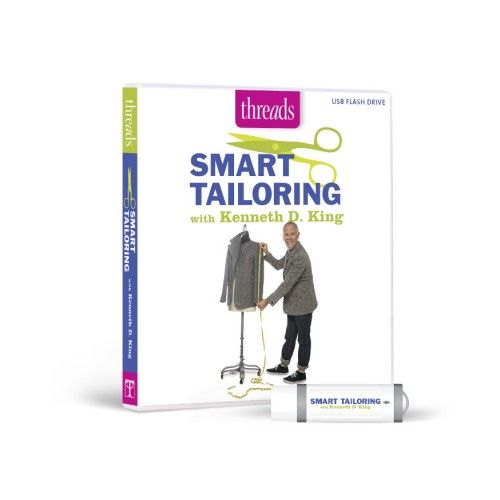
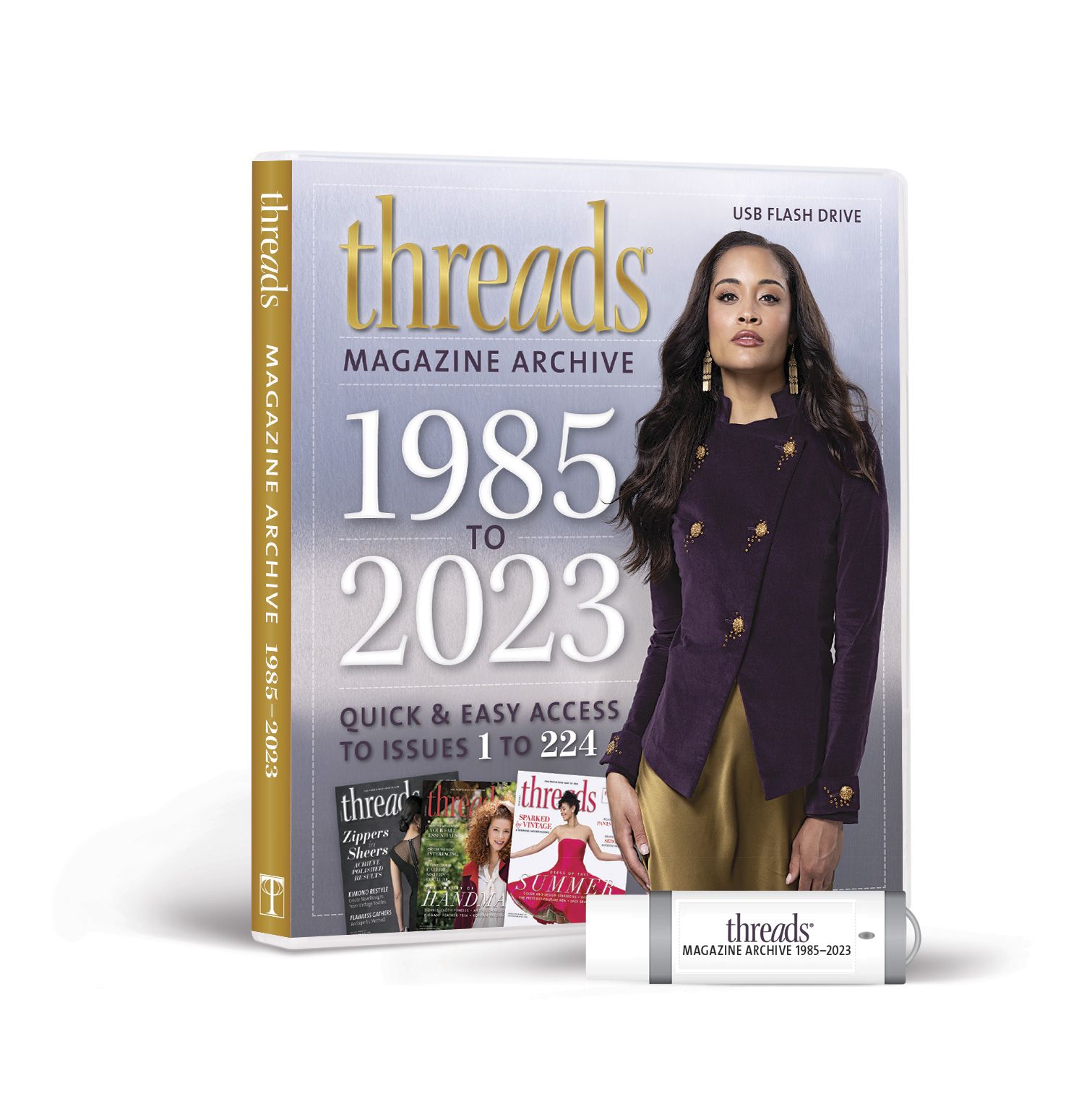



Is this top an adaptation of the dress pattern 8107?
Yes, I'd also like to know which pattern this is from.
I use this method and love it. I found the instructions in Threads Magazine Archive. Everytime I see an article written by Susan--I know it will be spot on. Thanks.
The article says the pattern is vogue 8107, but obviously a top not a dress with a flounce. I think this one is out of print?
The article says the pattern is vogue 8107, but obviously a top not a dress with a flounce. I think this one is out of print?
Susan's know-how is a wonderful, wonderful resource. Thank you so much for posting this.
I would probably clip the seam allowances on an angle. A tip from applique.
Yes, i like the top but i would want it to be a little longer.
I admire people who have the patience and fortitude to do all that hand sewing. I know it makes for a beautiful garment, polished and finessed, but still, I choose a method that allows for me to utilize the machine. Hats off to those of you that turn out this awesome kind of finished product.
JNormann
When I was younger I was always in a hurry to get my garment finished. Today I have so much more patience....I really love doing handsewing and seeing the results. This is something I can't wait to try. I love all of Susan's articles and have taken some of her online classes.
Susan used the Vogue 8107 pattern to make the top shown in the article. This pattern is out of print. However, her technique can be used to replace separate facings for curved necklines and armhole edges in many garments.
--The Threads editors